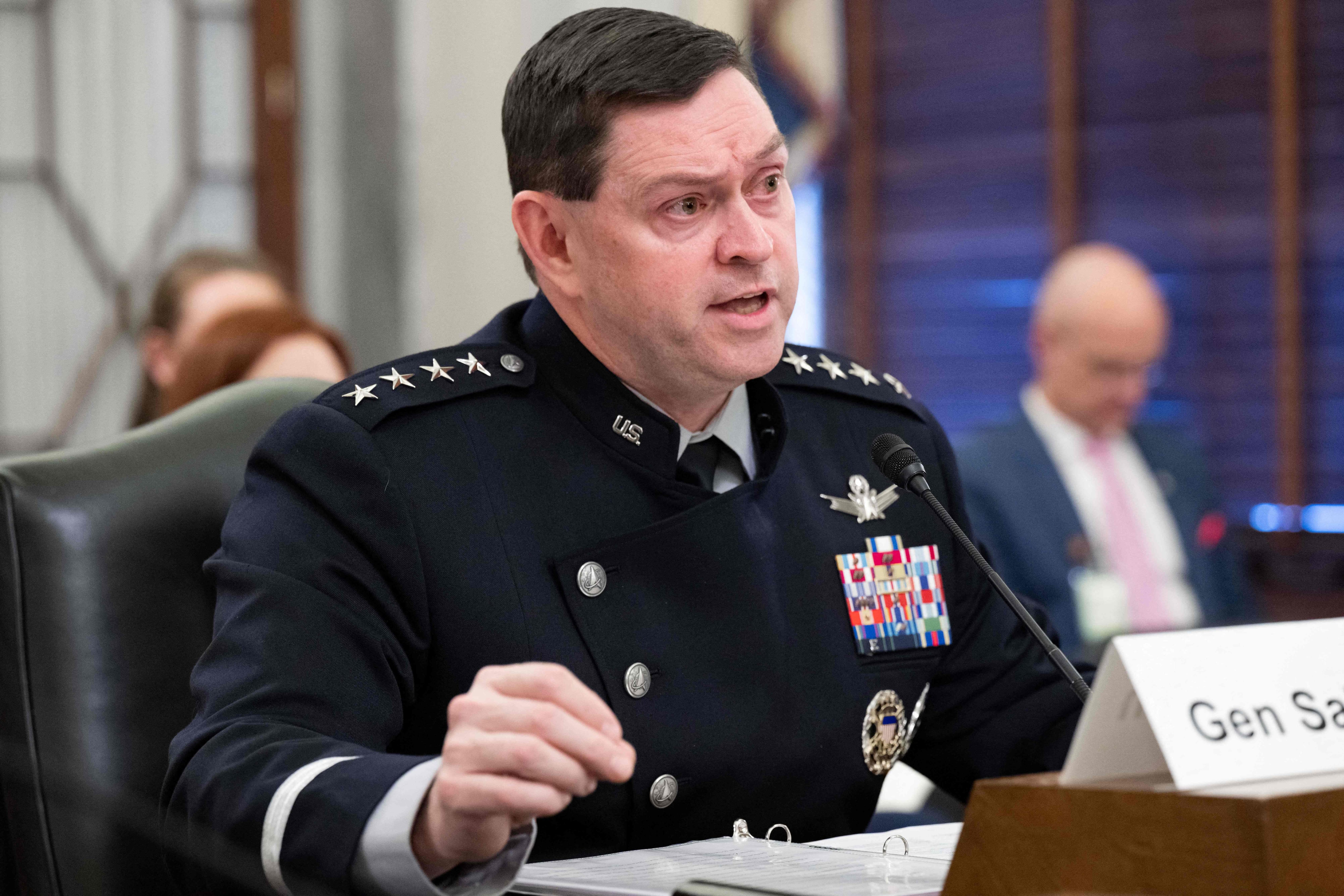WASHINGTON — House appropriators want the Space Force to try out a new budgeting approach that could give the service more flexibility to shift funding as needs change and threats arise.
The House Appropriations Committee’s fiscal 2024 defense spending bill includes a provision directing the service to submit a supplementary exhibit next year that consolidates budget lines for each of its programs into mission-area portfolios.
Lawmakers expect the move would give greater insight into how the service’s capabilities align with the National Defense Strategy and give the Space Force flexibility to move funding around within those portfolios. The measure would be a trial for the fiscal 2025 budget cycle but could be continued and expanded across the Department of Defense in future years.
“The committee recognizes there may be potential benefits to an approach that more directly connects national security strategy and goals to the Department’s budget priorities, program plans, and ultimately to capabilities,” the committee said in a report accompanying its bill. “Such an approach may also bring greater transparency and accuracy to the true total cost and resources needed to accomplish mission goals.”
The provision echoes proposals from former and current DoD officials, including the Space Force.
Following the creation of the service in 2019, Space Force leaders submitted a report to Congress detailing recommended reforms to the acquisition system. Chief among those proposals was to consolidate budget items based on mission areas.
“The primary benefits are enabling rapid responses to emergent threats in the year of execution that drive a need for realignment of funds and increase overall space purchasing power,” the Space Force said in the 2020 report.
An Atlantic Council commission of defense experts, convened to consider how the department can better integrate new technology into its arsenal, included a similar recommendation in an interim report released in April.
The Commission on Defense Innovation and Adoption, which includes former leaders like Air Force Secretary Deborah Lee James and Defense Secretary Mark Esper, suggested that Congress should authorize DoD to begin implementing the model in fiscal 2024.
“DoD should adapt the way it conducts its acquisition programs to provide additional flexibility in the year of execution, and Congress can authorize that flexibility,” it said. “Congress should appropriate money to DoD with fewer but larger discrete budget line items and reset reprogramming authorities so that acquisition professionals have greater flexibility.”
For the FY24 Space Force pilot effort, House appropriators want the service to include a “clear statement” of its plans for each mission area, justification for its budget request and details on the civilian and military personnel needed to support each portfolio.
The bill also calls for the Space Force to submit a draft plan for the budget exhibit by September of this year.
Courtney Albon is C4ISRNET’s space and emerging technology reporter. She has covered the U.S. military since 2012, with a focus on the Air Force and Space Force. She has reported on some of the Defense Department’s most significant acquisition, budget and policy challenges.








